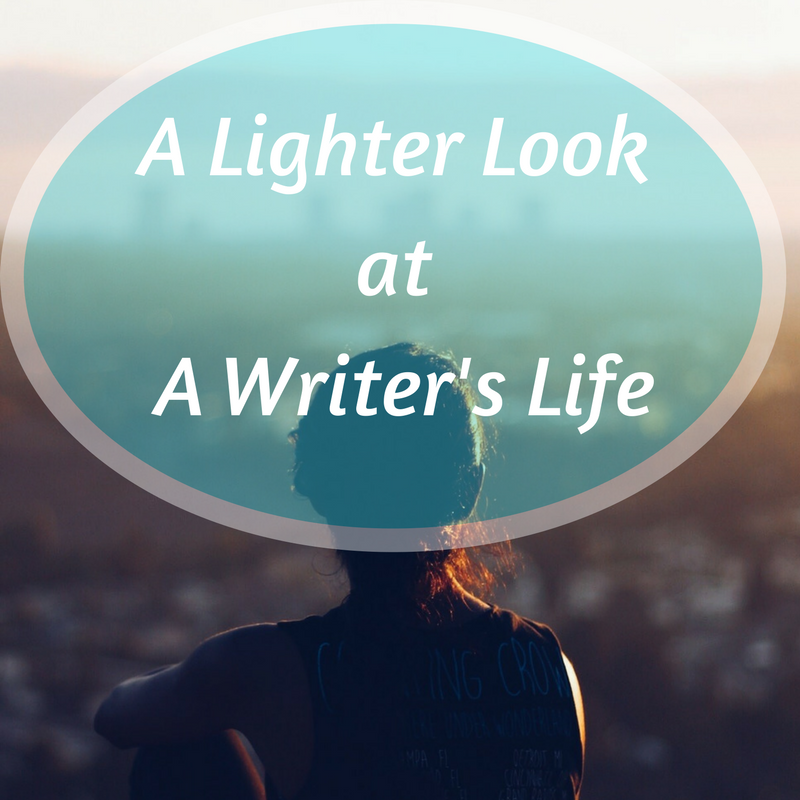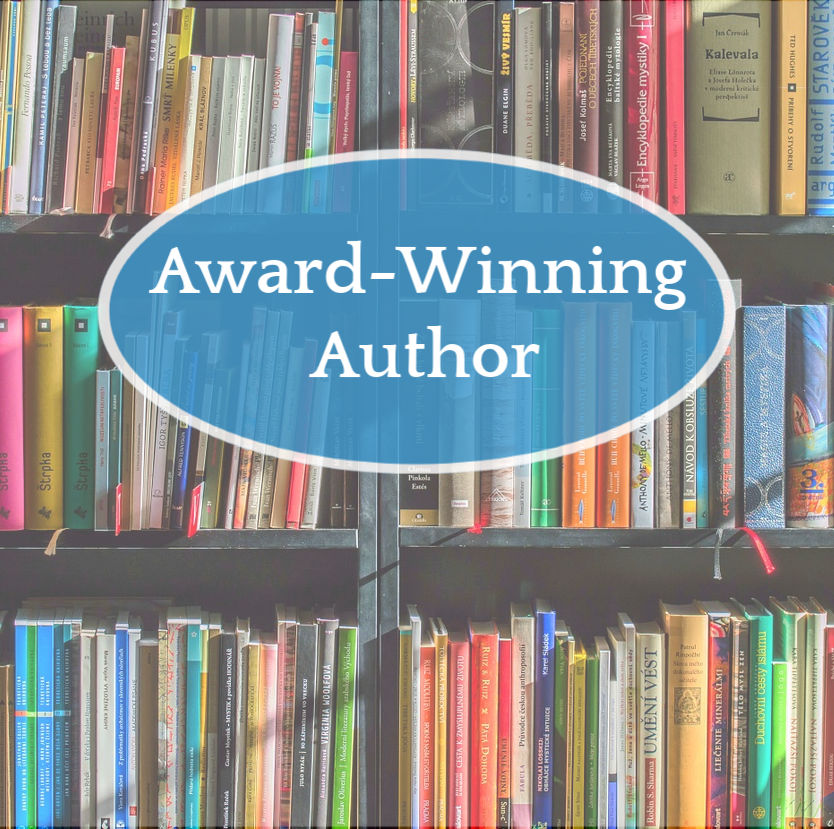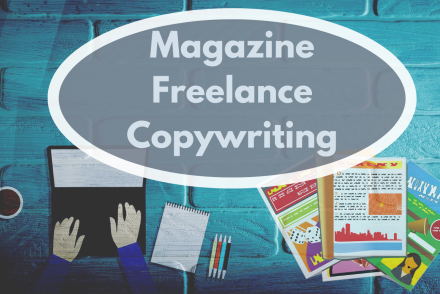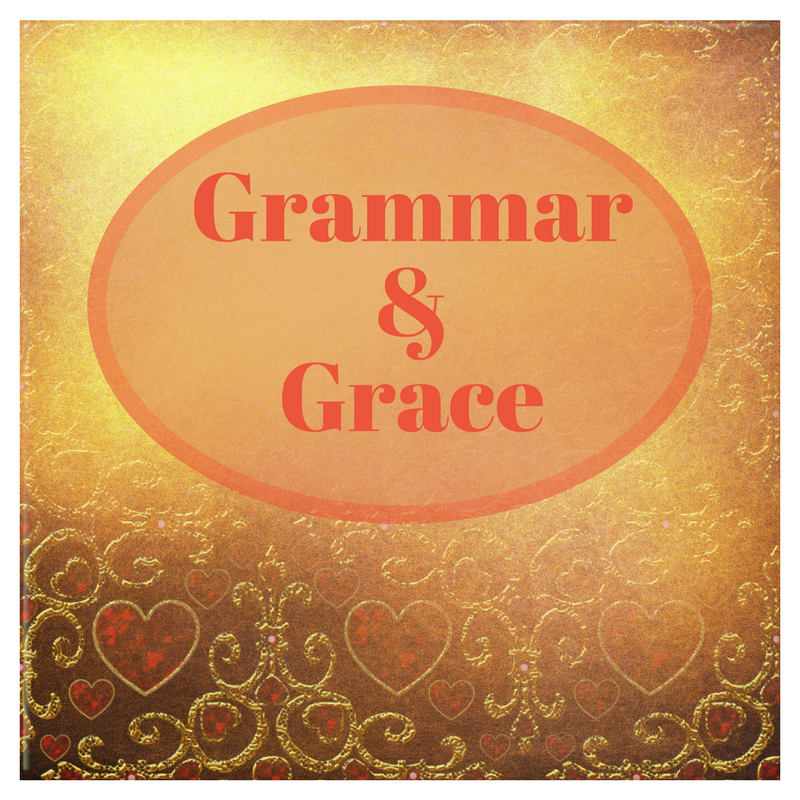
Writing Styles
So, you want to write an article but you don’t know where to start? To make it even more…
April 24, 2025
So, you want to write an article but you don’t know where to start? To make it even more…
April 24, 2025
It starts innocently enough. You’re scrolling through Pinterest or Instagram, and suddenly, you’re obsessed with that dreamy writing nook:…
April 19, 2025
Writers Chat, hosted by Johnnie Alexander, Brandy Brow, and Melissa Stroh, is the show where we talk about all…
April 17, 2025
Write, revise. Critique, revise. Submit, revise. And then one day: submit, interest, offer, contract! For every five years of…
April 8, 2025
In all your ways acknowledge Him,And He shall direct your paths. Proverbs 3:6 I have always loved this verse, especially…
April 6, 2025
Can you share a little about your recent book? Love Well, My Precious One is a picture book written…
April 2, 2025
As March comes to an end, so does the Brain Injury Awareness Month campaign. If you have read this…
March 29, 2025
I’ve been following YA author Melody Personette for a while, and admire her tenacity and ability to keep producing.…
March 28, 2025
An old saying is applicable to this secret: “It’s not what you know but who you know.” This adage…
March 26, 2025Welcome to my annual post about New Year’s Resolutions. I cannot guarantee that I will give you a formula…
March 8, 2025
Here’s 2025 all fresh and shiny, full of hope and all the little calendar boxes ready to fill! While…
March 6, 2025
The Name Game with Cathy Rueter Cathy is a journalist and author. She joins Writers Chat to explain why…
February 28, 2025
Recently I had a talk with a young brain cancer survivor I have mentored and encouraged for years. He…
February 27, 2025
Young adult author Rachel Kovaciny recently released her eighth book, A Nobel Companion, a retelling of the ugly duckling…
February 26, 2025
An old saying is applicable to this secret: “It’s not what you know but who you know.” This adage…
February 25, 2025
Romance readers’ expectations: Finding the best setbacks and obstacles for my couple to overcome is one of my greatest…
February 23, 2025
Do you have difficulty coming up with a title for your article or story? This is sure to be…
February 22, 2025
While many might try to dissuade you from embarking on a journey to becoming an author, sticking with it…
February 13, 2025
Mentor books are those an author studies before they do any writing. For a retreat last week, I had…
February 8, 2025
After you have the various parts of the proposal and sample ready, prepare a list of publishers to whom…
February 4, 2025
One thousand pieces of the picture tumbled out onto the table. When the contents cleared the box rim, we…
February 3, 2025
Late in 2024, I became extremely unsatisfied with my writing vocation. After spending six years focusing on sales, conversions…
January 30, 2025
Do you cringe when someone scratches her fingernails down a blackboard or clicks her teeth against a metal utensil?…
January 18, 2019
The holiday season is approaching, and it’s time for a post about the correct way to make proper names…
November 18, 2018
“Can I really compare my book with a bestselling author’s book?” “Why do I need this? Won’t I shine…
October 25, 2018